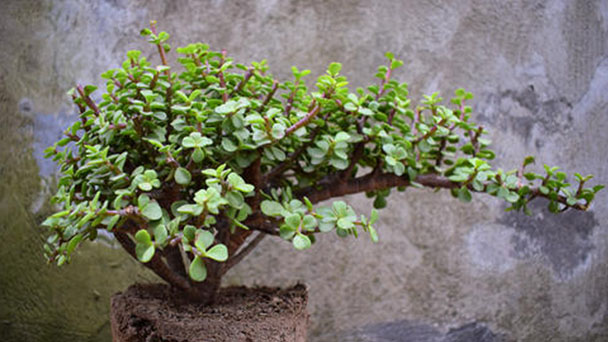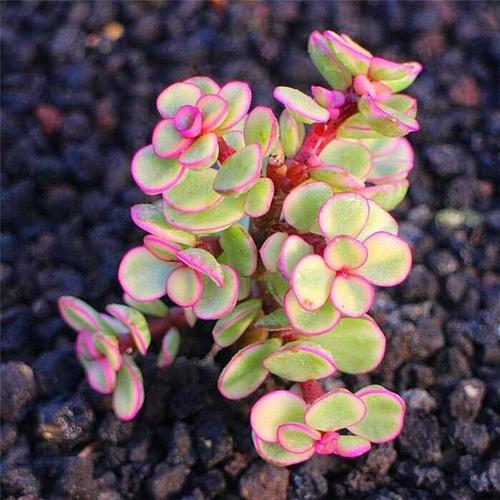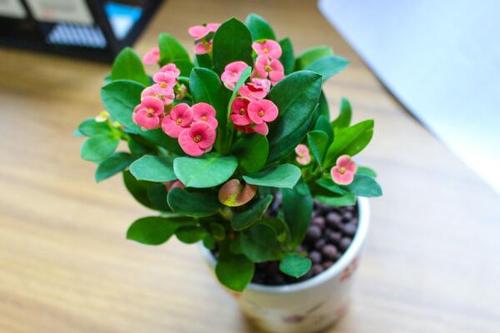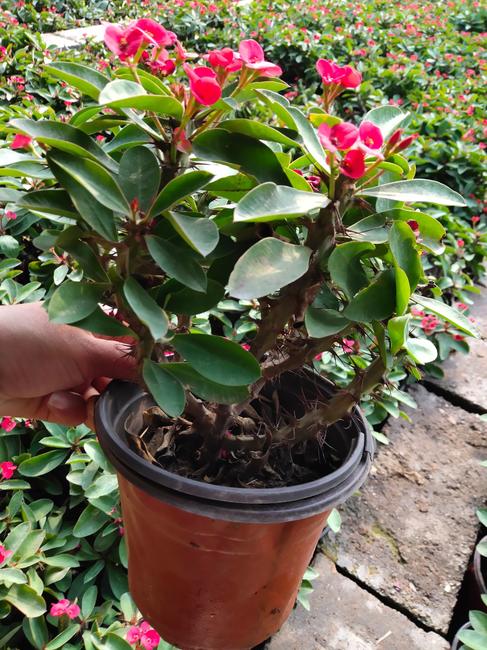Barbados gooseberry profile
Written by Maggie
Mar 24 2021

Barbados Gooseberry, scientific name Pereskia aculeata, is found from Florida to the West Indies, Mexico and Argentina. Barbados Gooseberry (Pereskia aculeata) is a perennial and pulpy herb.Shrubby, upright young plants, later grow into vines, vines 2 to 3m long. There are 1 ~ 3 short hook spines on the spines, and there are upright dark brown spines on the spines on the upper part of the old stem. Leaf blade is normal, lanceolate to ovoid.Flower clusters paniculate or corymbiform, white.
Barbados gooseberry picture

Morphological characteristics of Barbados gooseberry
Barbados Gooseberry (Pereskia aculeata) is a semi-deciduous woody climbing vine, up to 3-10 m long, spines on old branches, often in pairs on climbing branches and bent downward into a hook. Leaves are ovate, broadly elliptic to elliptic-lanceolate, apex acute to shortly acuminate, base cuneate to rounded, entire, slightly fleshy. Racemose or panicle, flowers white or yellowish or pink, fragrant.
Distribution and growth habits of barbados gooseberry
Distribution: Barbados Gooseberry (Pereskia aculeata) is distributed in Florida to the West Indies, Mexico and Argentina.
Barbados Gooseberry growth habits: barbados gooseberry (Pereskia aculeata) likes warm and humid climate, winter temperature should not be lower than 10℃, if below 4 ~ 5℃, the leaves fall off, and enter the dormant state.

Barbados gooseberry's growing methods
Temperature: high temperature, the most suitable temperature for Barbados Gooseberry growth is 24-29C in the daytime, 1821 at night. Barbados Gooseberry (Pereskia aculeata) is not hardy at temperatures.
Barbados Gooseberry (Pereskia aculeata) stops growing at about 20°C, and deciduous leaves are dormant below 10°C. The overwintering temperature should be kept above 5°C.
Illumination: Barbados Gooseberry (Pereskia aculeata) likes sufficient light, resistance to half shade, full sunshine and half sunshine are appropriate, but the summer sunshine is strong when the need for shade. Avoid overshade, lack of light when the branches slender, and can not blossom.
Watering: Barbados Gooseberry (Pereskia aculeata) drought resistance is strong, avoid water wet, growing period of watering should master the principle of "rather dry not wet", watering should not be too much, otherwise
Nutrients grow exuberantly but do not flower, even leading to rotting roots. Also it should not be over 1000, otherwise the leaf is easy to wrinkle yellow, and even serious deciduous. In winter, water should be controlled to keep the pot slightly moist. Low temperature and high humidity can easily lead to root rot.
Fertilizer: Barbados Gooseberry (Pereskia aculeata) likes fertilizer, also endure barrenness. Fertilizer is applied 1-2 times per month during growth. Fertilization at the early stage of growth should be dominated by nitrogen fertilizer, and phosphorus and potassium fertilizer should be increased in summer to promote flowering. Stop applying nitrogen fertilizer after autumn, topapply 1 kg fertilizer 2 times to facilitate the overwintering of plants. Stop fertilizing in winter.
Turn the basin: every spring should turn the basin 1 time. The soil with rich humus and good drainage is the best soil for growth. The substrate for Barbados Gooseberry (Pereskia aculeata) can be made up of leaf rot soil, garden soil, plain sand and other materials
Disease and insect pest control: there are leaf spot disease, whitefly, scale insects and other diseases and insects.
Barbados gooseberry method of propagation
Barbados Gooseberry (Pereskia aculeata) can be propagated by cutting and grafting.

Latest Updated
- Benefits of Bugleweed - 7 Science-backed Health Benefits
- Bugleweed Dangers & Side Effects - Is It Poisonous?
- How to Plant Evergreen Trees - What You Should Know
- When to Plant Evergreens - Grow Guide for Evergreen Trees
- 12 Wonderful Evergreen Shrubs for Your Garden
- 12 Popular Evergreen Plants with Pictures for Beginners
- When And How To Prune A Lilac Bush Like a Pro
- How to Grow & Care for Lilac Vine (Hardenbergia Violacea)
- Japanese Lilac Tree (Syringa Reticulata) Care & Propagation Guide
- Shumard Oak Pros and Cons - What to Know
Popular Articles
- Winter maintenance of Antirrhinum Majus
- How to Grow Terminalia Mantaly Tree
- How to Grow and Care for Crossostephium Chinense
- How to grow Antirrhinum Majus in spring
- Peristeria Elata (Dove Orchid) Profile: Info & Care Guide
- Underwatered Snake Plant (Sansevieria Trifasciata) - Signs And How To Fix
- How to Care for Brazilian Jasmine Plant (Mandevilla Sanderi)
- How to Grow & Care for Graptopetalum Purple Delight in Summer
- Rosa Chinensis (China Rose): Plant Growing & Care Tips
- How to Care for Baby Sun Rose (Aptenia Cordifolia)